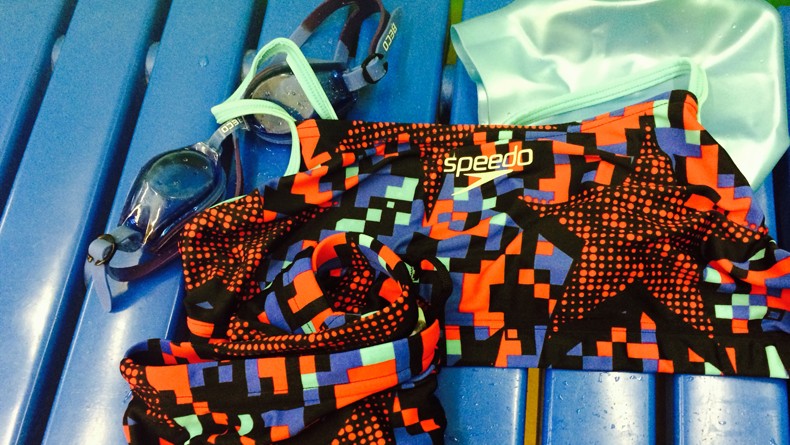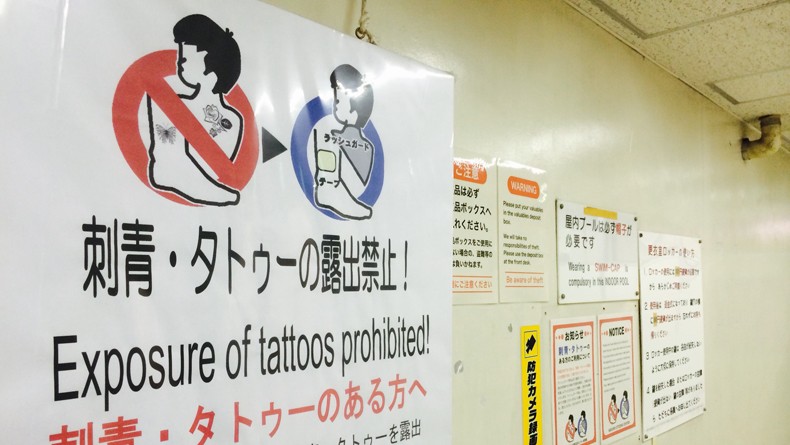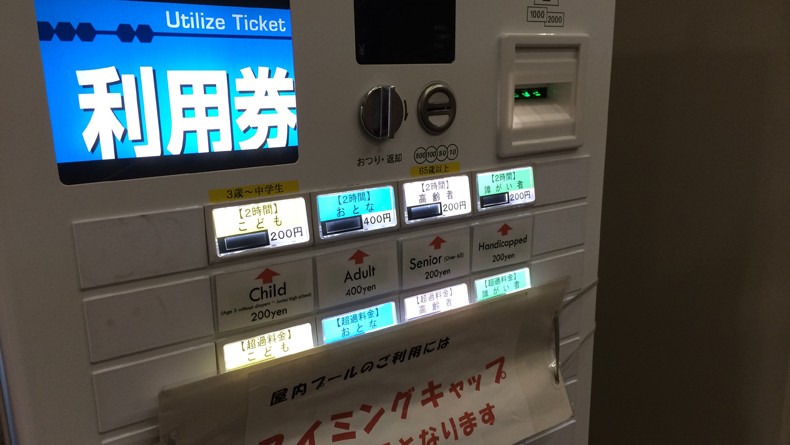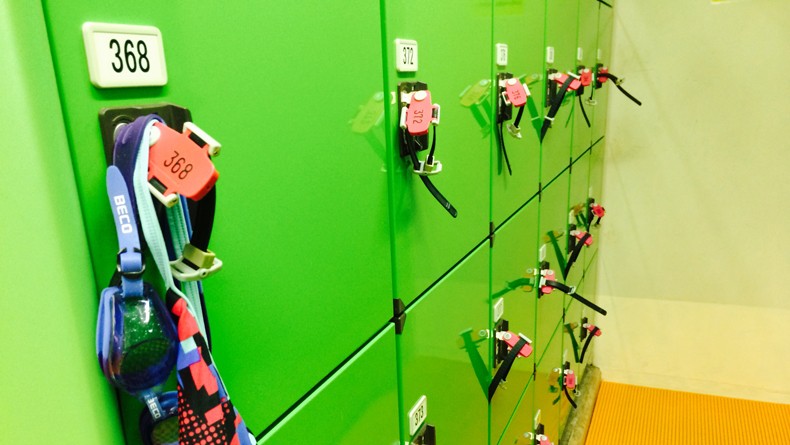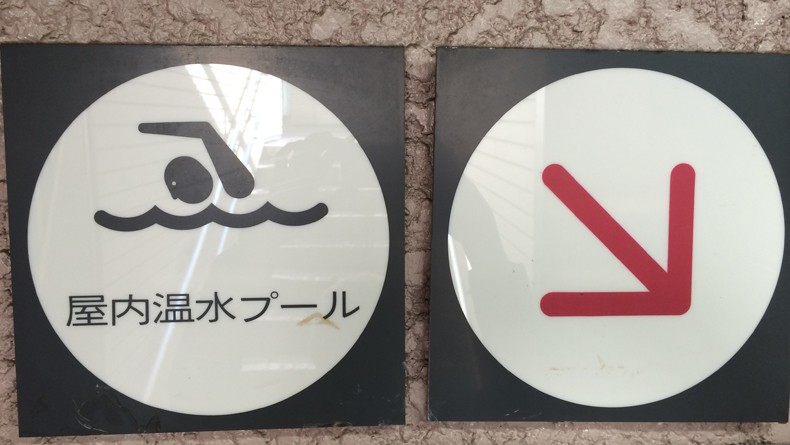Rules and Etiquette of Japanese Swimming Pools
Are you among the privileged people with a membership to one of those very fancy sports clubs that have a pool? If so, you probably want to skip this article. If not, but you still want to swim some laps without paying large membership fees every year, please continue reading.
I had just swum my first lengths and was feeling at one with the water, becoming faster, crawling, emptying my head, with a full lane for myself, enjoying the emptiness of the pool…emptiness? Weren’t there five people in the same lane as me just a couple of strokes ago? I rose my head; the pool was empty. A strident bell was ringing—earthquake? Fire? I started to panic a little, until I noticed that all the other swimmers were sitting relaxed on benches next to the pool. The bell, it turned out, was just an announcement for the five-minute break which takes place every hour in most public swimming pools across Japan. That’s when it hit me: assuming that visiting a public pool was the same everywhere in the world was very naive thinking—doing some laps in Tokyo can be challenging.
But let’s start from the beginning…
Be Prepared
We are not talking about having fun here. Swimming in Tokyo is a serious business with only one purpose: physical exercise. Keep your bikinis, tankinis and monokinid for your next tropical holiday, and instead pack your conservatively cut Speedo, swimming goggles and swimming cap. Got a big tattoo which you cannot hide under your swimwear? Stay home and reconsider getting an expensive membership in a fancy sports club where rules are less strict, or wear a rash guard. If your tattoo is smaller, you can cover it with band aid. Rules for tattoos are as strict as in most hot spring resorts. Big signs reading, “Exposure of tattoos is prohibited by law since July 1, 2013” will welcome you at every entrance. Another favorite of mine is, “We appreciate your cooperation in eliminating the anxiety of other users and children.”
Where to Go
Every ward and city in Tokyo has a sports center, which usually includes a pool with decent opening hours. However, not everyone is an eligible user. Let’s say you live in Minato-ku but you want to go to Daikanyama Sports Plaza, which is located in Shibuya-ku. Unless you work or attend school in Shibuya-ku, you will not be allowed in. However, these rules differ from place to place, so be sure to check before you go. At the Meguro Citizens Center, for example, anyone can use the pool for just ¥400 for two hours, no matter where you live or work. At the Minato-ku sports center, people who live outside the ward pay a slightly higher fee of ¥700. I admit, it is confusing.
In general, pools are open from 9 a.m. until 9 or 10 p.m. But check the schedule online before going, as there are days each month when the pools (or the entire sports centers) close, and these are often not set and very unpredictable. English information about opening times of sports facilities is also available at each ward office and the facilities themselves.
Getting Ready
Obviously, the familiar shoes-off policy applies to public pools. At most places you can lock your shoes in small lockers before entering the pool premises. Don’t be surprised if you find yourself being the only one undressing completely in the changing room. Many people put on their swimwear at home in order not to show themselves naked in front of others. Before heading from the locker room to the pool, shower well without soap (using shower gel and shampoo is forbidden—the floor could get slippery—dangerous!).
In the Water
After only my second lap, I got a rebuke from the pool attendant: I was doing my round trip in the one-way lane! Here’s how it works: normally there is one lane which goes in one direction. When you arrive at the end, change to the next lane and swim back. Or take the round trip lane if there is one (but be sure you’re going in the right direction, clockwise or counter-clockwise). Sometimes the pool is divided into lanes for slower and faster swimmers. Pick the right one if you want to avoid the angry pool attendant’s whistle. I learned my lesson: when I try a new pool for the first time and there are no signs in English, I wait and watch how if works before even putting a toe into the water.
Mandatory Rest
The five-minute break every hour (or, at some places, the ten-minute one every two hours) is meant for resting. Don’t do as I did and try to keep your heart rate up by doing a few sit-ups next to the pool. For that, the pool attendant and his whistle again showed up immediately to tell me off. Sit on the bench instead like all the Japanese do (that’s when I realized what all the benches were there for) and rest. At some pools, a tune will play and you will see some people (usually the older generation) doing a coordinated stretching routine that they all just magically seem to know. You can try to join in, or just watch the entertainment from the sidelines. Once the bell rings or the announcement sounds again, you’re free to head back into the pool.
Does all this sound like a big hassle? I admit, it takes some time to get it right. But once you know all the rules, going to a public pool is a cheap option to do your laps. The facilities I have tried so far were very clean, and if you get there in the morning or early afternoon you might be lucky enough to have a lane to yourself.

